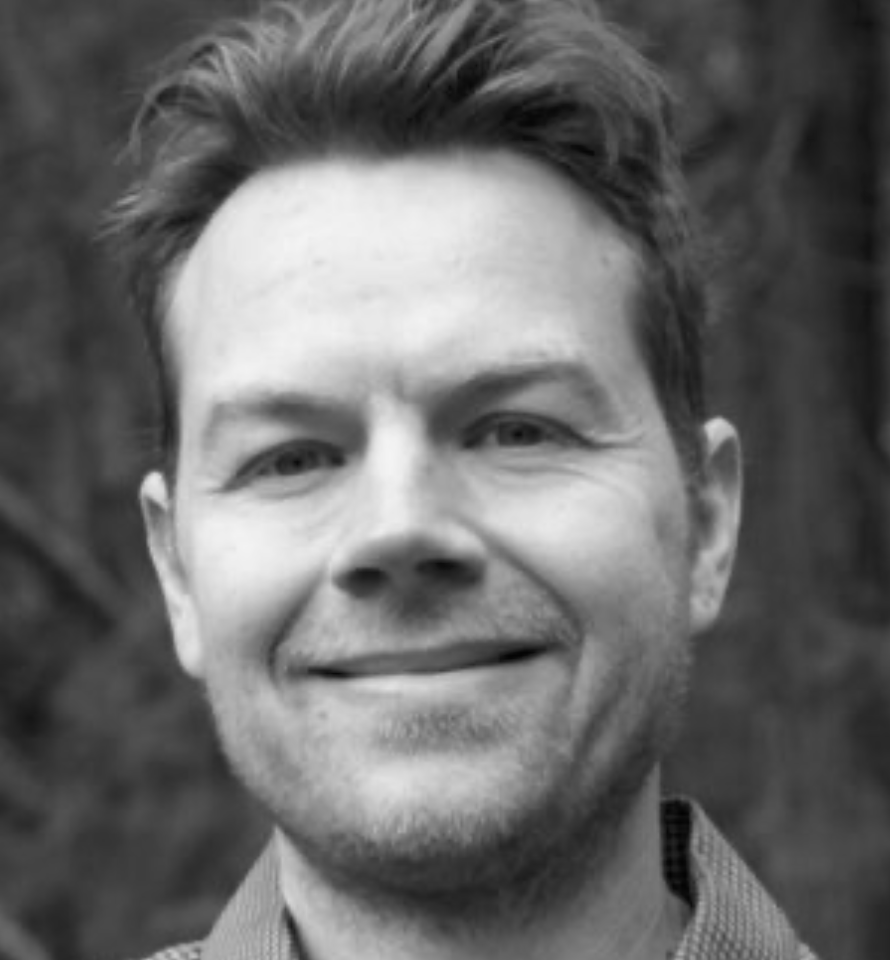
Energy Transfer’s High Stakes Legal Attack on Greenpeace
FAIR Counterspin
02/28/2025
As you mentioned, there’s a kind of wonky term for this type of tactic that the company Energy Transfer is using. It’s called a SLAPP lawsuit. It stands for “strategic lawsuit against public participation.” But what it really means is, it’s a tactic in which wealthy and powerful individuals or corporations try to silence their critics’ constitutional rights to free speech or freedom of assembly by dragging them through expensive, stressful and very lengthy litigation. In many SLAPP lawsuits, the intention is to try to silence your critic by intimidating them so much, by having them be sued by a multimillion, multibillion dollar corporation, that they give up their advocacy and stop criticizing the corporation.
JJ: Well, it’s a lot about using the legal system for purposes that most of us just don’t think is the purpose of the legal system; it’s kind of like the joke is on us, and in this case, there just isn’t evidence to make their case. I mean, let’s talk about their specific case: Greenpeace incited Standing Rock. If you’re going to look at it in terms of evidence in a legal case, there’s just no there there.
KH: That’s right. This case, it was first filed in federal court. Right now, it’s in state court, but if you read the original complaint that was put together by Energy Transfer, they referred to Greenpeace as “rogue eco-terrorists,” essentially. They were really struggling to try to find some reason for bringing this lawsuit. It seemed like the goal was more to silence the organization and send a message. And, in fact, the executive of the company said as much in media interviews.
Civil litigation plays a very important role in the US system. It’s a way where, if someone is harmed by someone else, they can go to court and seek compensation for the damages from that person or company or organization, for the portion of the damages that they contributed to. So it’s a very fair and mostly effective way of making sure that people are not harmed, and that their rights are respected by others. But because the litigation process is so expensive, and takes so many years, it’s really open to abuse, and that’s what we’re seeing here.
JJ: Folks won’t think of Greenpeace as being a less powerful organization, but if you’re going to bring millions and millions of dollars to bear, and all the time in the world and all of your legal team, you can break a group down, and that seems to be the point of this.
KH: Absolutely. And one of the big signs here is, the protests against the Dakota Access pipeline were not led by Greenpeace, and Greenpeace did not play any sort of prominent role in the protests.
These were protests that were led by the Standing Rock Sioux Tribe, who was directly affected by the pipeline traveling through its primary water source, and also traveling a way where they alleged that it was violating their treaty rights as an Indigenous nation. So they started to protest and take action to ask for this pipeline not to be approved. And then it inspired many other Indigenous tribes around the country, many activists, and soon it grew into a movement of thousands of people, with hundreds of organizations supporting it both in the US and internationally. Greenpeace was one of hundreds.